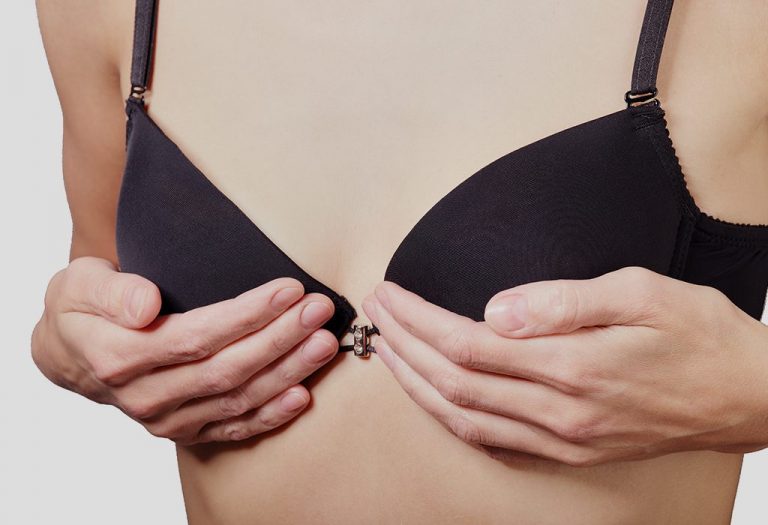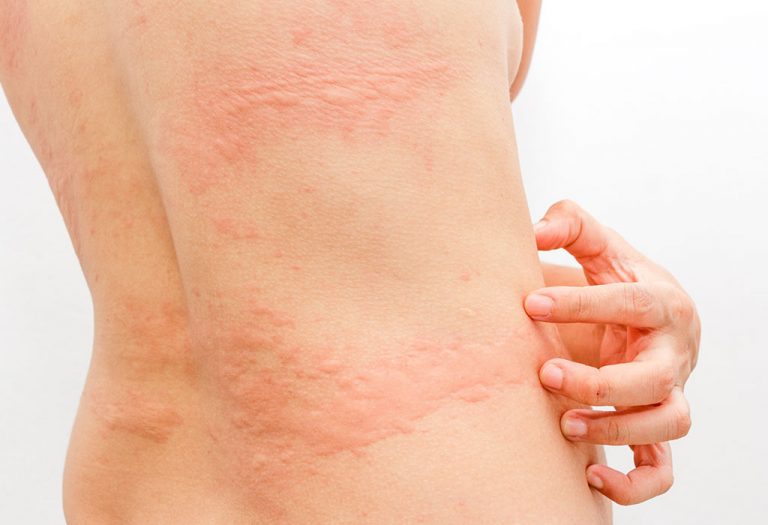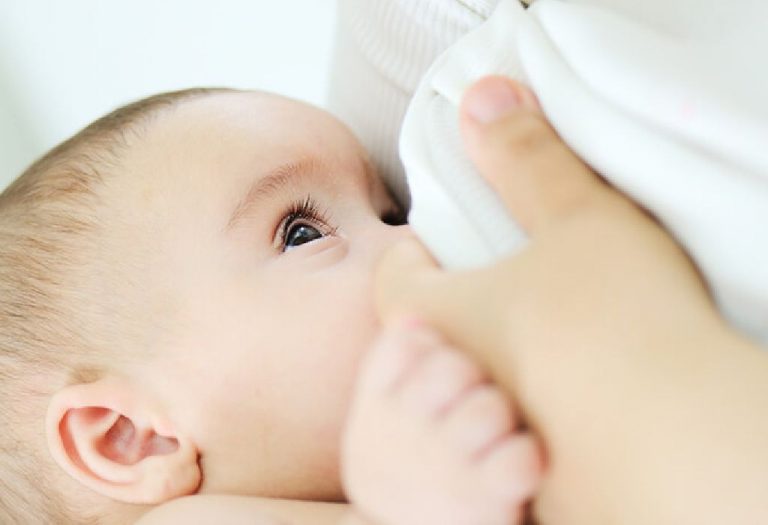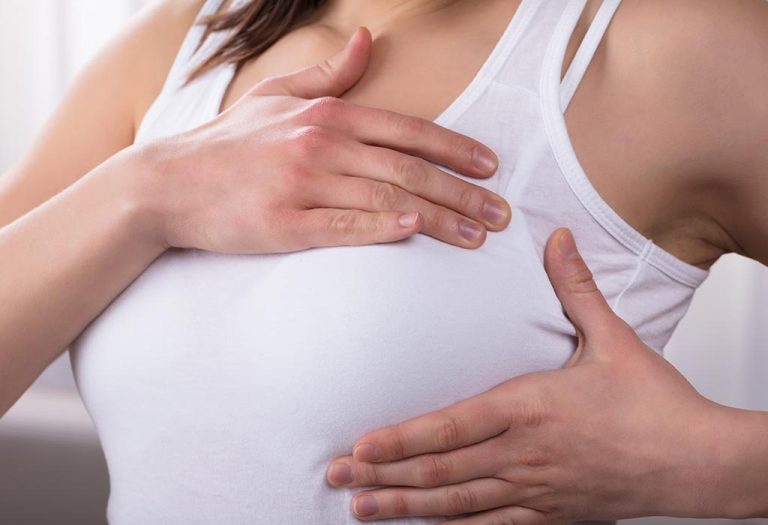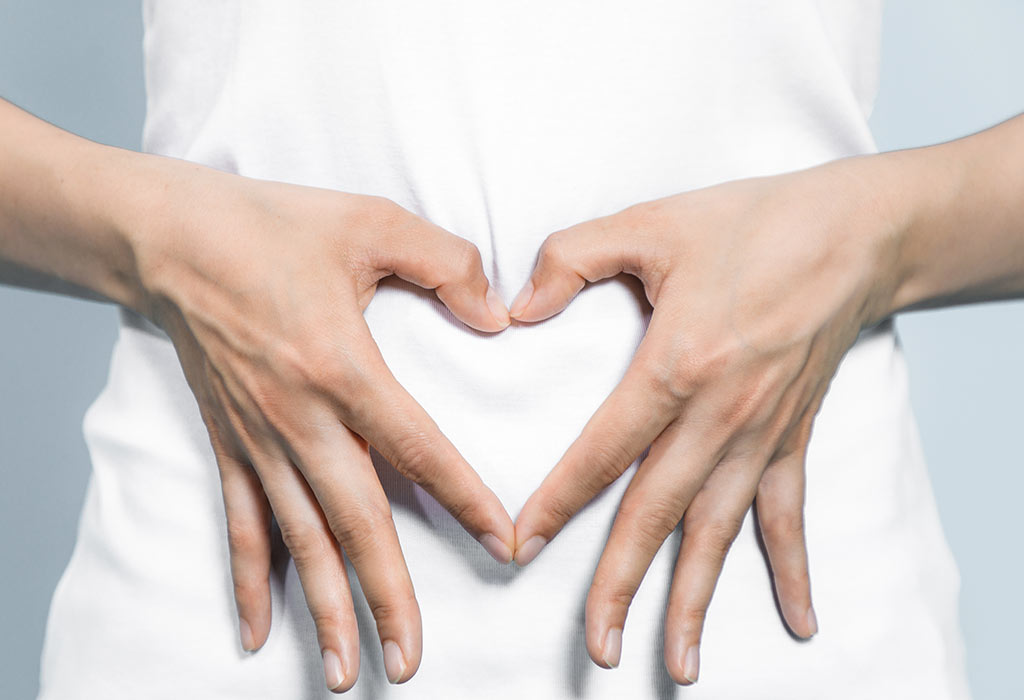Breastfeeding With Hypoplastic (Tubular) Breasts – Causes and Symptoms

- What Are Hypoplastic Breasts?
- What Are the Causes of Hypoplasia?
- What Are the Symptoms of Hypoplasia?
- Can You Breastfeed With Hypoplastic Breasts?
- Tips to Manage Breastfeeding With Tubular Breasts
- FAQs
Breast tissue typically develops when women hit puberty, which usually occurs between the ages of eleven and thirteen. However, in some cases, the tissue does not form completely, leading to a condition known as hypoplasia. This condition often remains undetectable until after pregnancy and childbirth, when breastfeeding challenges may arise. Read this article to gain a deeper understanding of what hypoplasia is, its causes, and how women can effectively manage breastfeeding despite having hypoplastic or tubular breasts. By becoming informed, women can explore various strategies and support systems available to help them successfully nourish their babies.
What Are Hypoplastic Breasts?
Hypoplastic or tuberous breasts are basically breasts which have not matured fully. In this case, women have insufficient amounts of breast tissue that support milk synthesis. Tuberous breasts result in greatly reduced milk supply or lack thereof.
What Are the Causes of Hypoplasia?
Here are some causes of hypoplastic breast syndrome:
- Shortage of progesterone levels in the body can result in underdeveloped breast alveolar tissue, which produces the milk.
- Pesticides in the diet can also cause hypoplasia. Women who live in farming valleys have been shown to have poorly developed breast glands.
- Reduced production of thyroid hormones, i.e. hypothyroidism has also been implicated in tuberous breasts and reduced milk production.
- Conditions like PCOS (polycystic ovary syndrome), also affect the proper maturation of breast tissue. If you have PCOS, it is best to consult an endocrinologist because the regular FP or OB/GYN won’t know how to help you.
What Are the Symptoms of Hypoplasia?
Some common hypoplasia symptoms include:
- Breasts are considerably smaller and extended or tubular in appearance. They are also spaced away from each other.
- The areolas and nipples of these breasts are expanded in size and tend to bulge at the tip.
- Hypoplastic breasts are generally of different sizes, making them lopsided.
- The breasts may not change in size during puberty, in the course of pregnancy or even after giving birth.
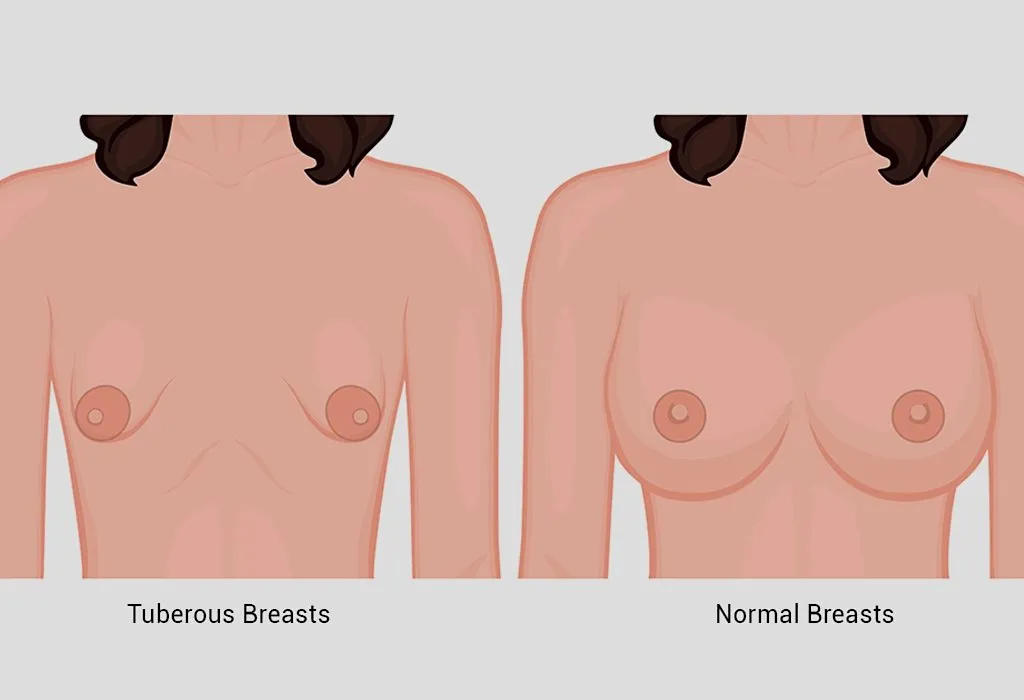
Can You Breastfeed With Hypoplastic Breasts?
It is certainly possible to breastfeed with hypoplastic or tuberous breasts. Breastfeeding depends on the milk-production tissue in your breasts, and there might be sufficient tissue to produce enough milk. Another likelihood is that the condition might affect just one breast, i.e. you might have properly developed breastmilk production tissue in the other breast.
Breastfeeding with tubular breasts might need supplementation in many cases as well. Some parents may prefer nursing at the breast with supplemented donor milk in an SNS (supplemental nursing system). It allows the baby to suckle at the breast, stimulate the mother’s hormones, and ensure that the baby receives adequate nutrition.
Educating yourself by reading additional information and consulting an expert can help you probe further in understanding your own health and the lactation process. It can also help you find the right balance based on what your nursing journey looks like following the birth of your child. It is also important to have one or more backup plans to help you feel more prepared to make decisions that feel good and true to your heart.
Tips to Manage Breastfeeding With Tubular Breasts
Even with breast hypoplasia, there is no reason why you should not be able to feed your baby. Here are some tips for managing breastfeeding with tubular breasts:
- One method of stimulating milk production is by massaging your breasts.
- It is important that you consult with a lactation expert during your pregnancy to ensure you can successfully feed your baby after birth.
- It is helpful to start using a breast pump a day or two after birth. This is because pumping breast milk can increase production as it stimulates milk synthesis. The pumped breastmilk can be used to feed your baby when your breasts aren’t making enough.
- Breast hypoplasia treatments include managing metabolic conditions like hypothyroidism and PCOS.
- You can also consider supplemental methods of feeding, such as using milk from donors or prescribed formula. You may also consider lactation aids, such as feeding tubes and nursing.
- Some of the most common reasons for lactation or nursing problems are incorrect breast latching and positioning of the baby during breastfeeding. Fixing these can improve suckling and milk production.
- You may also inquire about using natural hormone treatments, such as progesterone, which can promote the development of breast glandular tissue in the course of pregnancy.
- Another technique to promote stimulation is feeding your baby on demand, that is, whenever they want to be fed rather than on a strict regimen. You can also pump in between nursing sessions to keep a steady supply of milk.
- One of the most important things to do is consume a nutritious, balanced diet consisting of all food groups, as well as remain hydrated and well-rested. This will help improve the production of breastmilk.
FAQs
1. Are there specific breastfeeding positions that help with hypoplastic breasts?
Certain breastfeeding positions, such as the football hold or side-lying position, can be more comfortable and effective for women with hypoplastic breasts. These positions can help ensure a better latch and more efficient milk transfer, reducing discomfort and improving feeding outcomes.
2. Can hypoplastic breasts change in appearance after breastfeeding?
Breast appearance can change after breastfeeding, but this varies among women. Some may notice an increase in breast tissue and size due to hormonal changes and milk production, while others may not see significant changes. Post-breastfeeding, breasts may return to their pre-pregnancy state or remain slightly fuller.
3. Can breast augmentation surgery affect breastfeeding with hypoplastic breasts?
Breast augmentation surgery can impact breastfeeding, especially if it involves incisions around the areola, which might damage milk ducts or nerves critical for lactation. However, many women with hypoplastic breasts who undergo augmentation can still breastfeed. It’s essential to discuss potential breastfeeding outcomes with a surgeon before the procedure.
This was all about tubular breast and breastfeeding. It is possible to surgically reform hypoplastic tubular breasts, but while this can fix the physical symptoms of the condition, the chances of breast tissue development are very low. It is unlikely that surgically including milk glands, will result in increased milk production.
References/Resources:
1. Kam. R, Amir. L, Cullinane. M, Ingram. J, Li. X, Nommsen-Rivers. L; Breast hypoplasia markers among women who report insufficient milk production: A retrospective online survey (PLoS One); National Library of Medicine; https://www.ncbi.nlm.nih.gov/pmc/articles/PMC10903845/; February 2024
2. Kazankaya. F, Paker. S, Bozkurt. Ö; Breastfeeding After Breast Augmentation Surgery: A Scoping Review (Florence Nightingale Journal of Nursing); National Library of Medicine; https://www.ncbi.nlm.nih.gov/pmc/articles/PMC11059175/; February 2024
3. Breast Anatomy; Cleveland Clinic; https://my.clevelandclinic.org/health/articles/8330-breast-anatomy
4. Breastfeeding with Hypoplasia: Insufficient Glandular Tissue; La Leche League International; https://llli.org/news/breastfeeding-with-hypoplasia-insufficient-glandular-tissue/
5. Arbour. M, Kessler. J; Mammary hypoplasia: not every breast can produce sufficient milk (Journal of Midwifery & Women’s Health); National Library of Medicine; https://pubmed.ncbi.nlm.nih.gov/23870298
6. Insufficient glandular tissue (breast hypoplasia); Australian Breastfeeding Association; https://www.breastfeeding.asn.au/resources/insufficient-glandular-tissue-breast-hypoplasia
7. Insufficient Glandular Tissue (IGT); La Leche League International; https://llli.org/news/insufficient-glandular-tissue-2/
Also Read:
Breastfeeding From One Side
Breastfeeding With Small Breasts
Tingling in Breast While Breastfeeding
Breastfeeding With Flat or Inverted Nipples
Was This Article Helpful?
Parenting is a huge responsibility, for you as a caregiver, but also for us as a parenting content platform. We understand that and take our responsibility of creating credible content seriously. FirstCry Parenting articles are written and published only after extensive research using factually sound references to deliver quality content that is accurate, validated by experts, and completely reliable. To understand how we go about creating content that is credible, read our editorial policy here.







